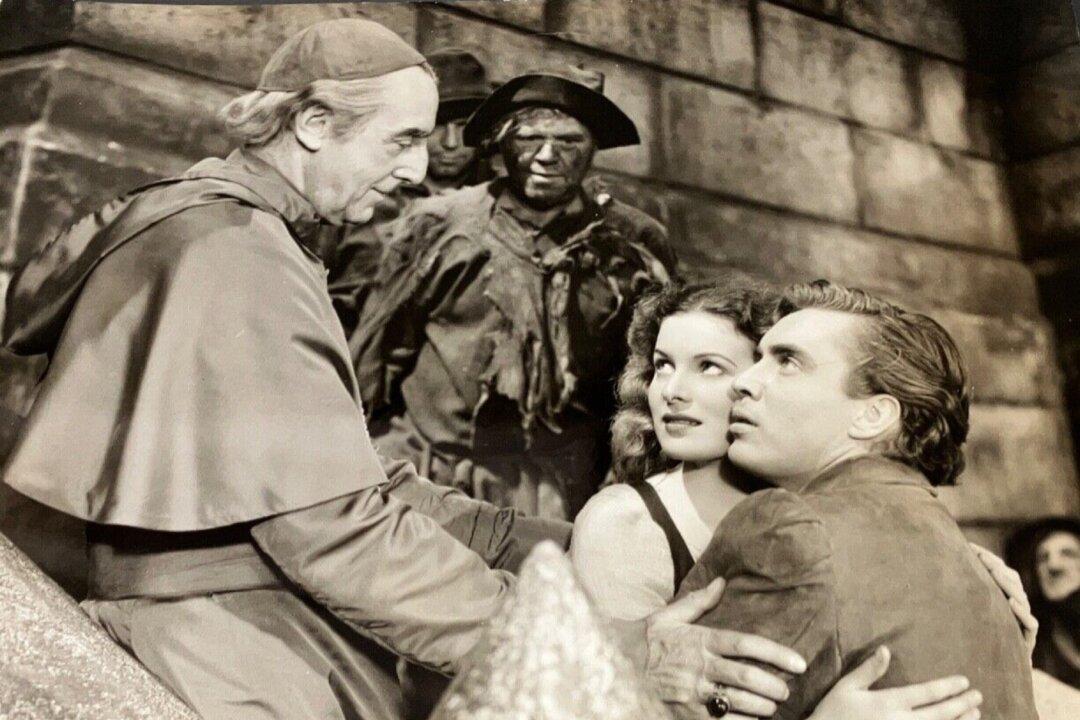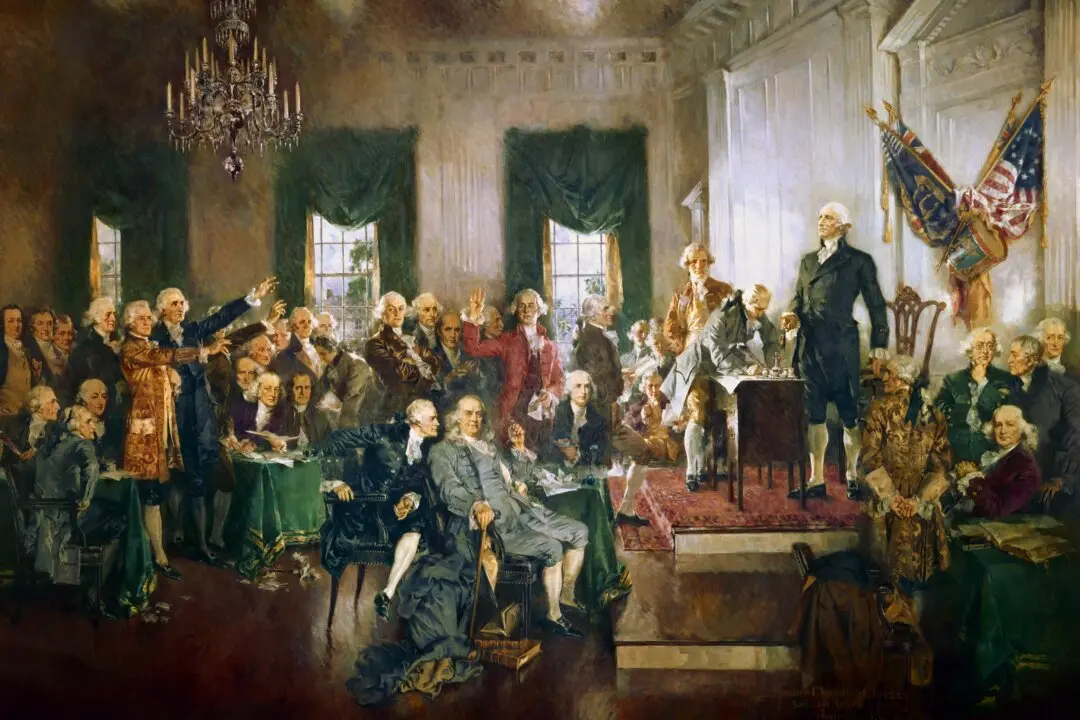NR | 1h 56min | Drama | 1939
The year 2024 marks the 85th anniversary of director William Dieterle’s film “The Hunchback of Notre Dame,” based on Victor Hugo’s novel and set in 15th-century Paris. It’s also the year the now-restored Gothic cathedral of Notre Dame reopens after a ruinous fire in 2019.





